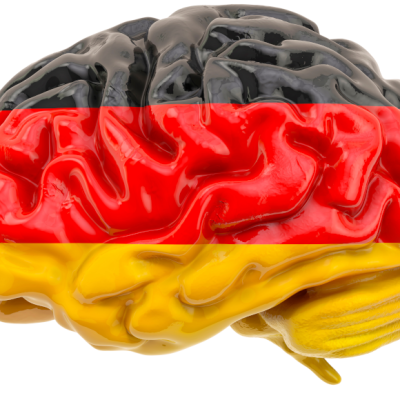The perceived and actual inflation rates in Germany are significantly different, according to a study by credit insurer Allianz Trade. In May 2023, the perceived inflation rate in Germany was 18%, while the actual rate was 6.1%, resulting in an 11% difference. This discrepancy is problematic for the economy, as it can lead to a decrease in consumer purchasing power. The difference between perceived and actual inflation rates is also present in many other EU member states, with an average difference of 9%.
The economists attribute the large difference primarily to price changes in frequently purchased products such as food and fuel. When these prices increase, consumers are more likely to perceive a higher inflation rate. Additionally, demographic and regional differences, psychological factors, and individual consumption behavior contribute to the gap between perceived and actual inflation rates. In May 2023, the real inflation rate in the EU ranged from 2.8% in Greece to 21.5% in Hungary, with Germany in the middle at 6.1%.
The discrepancy between perceived and actual inflation rates can significantly impact consumer behavior, leading to a decrease in purchasing power and potentially weakening the economy. The study highlights the importance of accurately measuring and communicating inflation rates to consumers. Factors such as geographic proximity to Russia, dependence on energy and food imports, government interventions to lower prices, and the strength of the currency all play a role in determining inflation rates. The weakening euro in the entire eurozone has also contributed to increased inflation rates due to the higher cost of dollar-traded commodities such as oil and gas.










